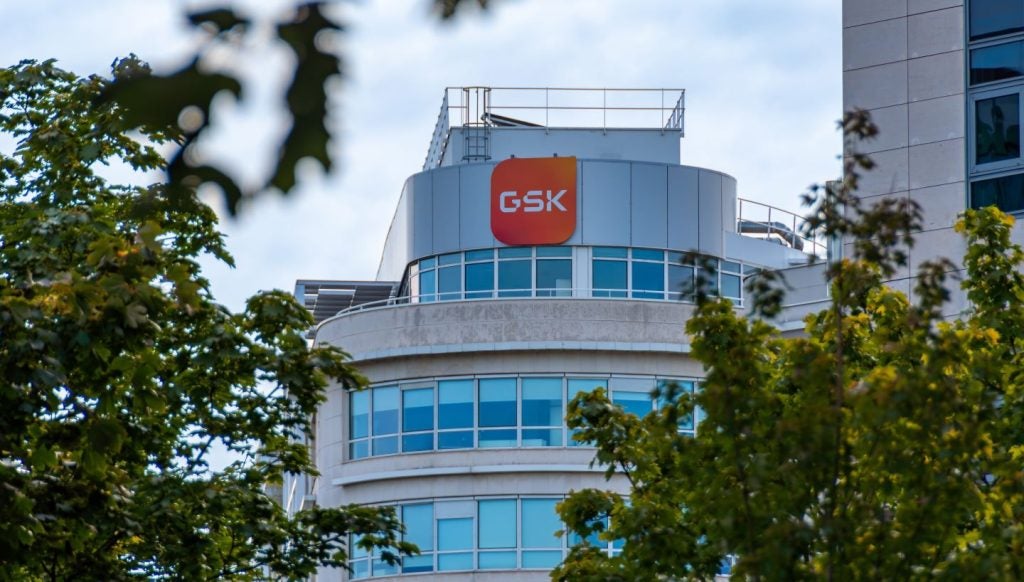Puma Biotechnology has filed a Marketing Authorization Application (MAA) with the European Medicines Agency (EMA) for their drug neratinib (HKI-272), in a move that was largely anticipated. As Puma’s leading pipeline drug, neratinib would be the company’s first approved product, if given the green light by the EMA.
Filed in June 2016, the MAA is intended for the use of neratinib as an extended adjuvant treatment in early stage HER2-positive breast cancer. Experts from GlobalData anticipate Puma Biotechnology will lodge a new drug application (NDA) with the FDA imminently. Nevertheless, as neratinib is a newcomer, GlobalData expect the drug will struggle to compete on equal footing in what is a crowded HER2-positive breast cancer market.
The current filing for neratinib is based on the recent results of ExteNET, a randomized, placebo-controlled, Phase III clinical trial, which indicated that 12 months of neratinib treatment after 12 months of adjuvant treatment with Roche’s Herceptin (trastuzumab) reduced the rate of disease recurrence by 33% in patients with early stage HER2-positive breast cancer. The trial cohort of 2,840 patients was assessed for the rate of invasive disease free survival (iDFS), the primary endpoint, at two years. The investigators reported an iDFS of 93.9% in the neratinib arm of the trial compared to 91.6% in the placebo arm.
Neratinib is an orally-administered pan-human epidermal growth factor receptor (pan-HER) tyrosine kinase inhibitor that binds irreversibly to the receptors, HER1, HER2, and HER4. The inhibitor is also being investigated in other late phase clinical trials, including the Phase III NALA trial investigating the use of neratinib in combination with Roche’s Xeloda (capecitabine) for third line treatment of metastatic HER2-positive breast cancer. The NALA trial was designed with a special protocol assessment by the FDA, and GlobalData expects its primary completion in 2017.
If Puma Biotechnology is granted the MAA, this could give neratinib a novel place in the HER2-positive breast cancer market and allow it to carve itself a unique niche. Results for hormone positive disease showed this cohort derived the greatest benefit from neratinib; however, in this setting, neratinib will compete with extended endocrine therapies, where agents to prevent estrogen signalling, such as tamoxifen and letrozole, are administered for five or 10 years after initial surgery and adjuvant treatment. The stark differences between the use of neratinib and endocrine therapies include the tolerability and toxicity of the drugs, as well as the cost of treatment. While tamoxifen and letrozole are well tolerated with few side effects, neratinib is associated with significantly more toxicities. In particular, Grade 3 and 4 diarrhea is the most frequently associated adverse event reported in clinical trials and could require treatment with loperamide or similar anti-diarrheal agents. Other adverse events include nausea, fatigue, vomiting, and abdominal pain. These toxicities greatly lower the patient’s quality of life (QoL) and decrease patient compliance. In addition, the cost of a novel agent in this setting is likely to be prohibitive to uptake and to reimbursement by payers. Unlike tamoxifen and letrozole, which are off-patent and are available as cheap generic versions, extended neratinib treatment is unlikely to be as affordable. The pricing of new agents has been a consistent issue with regulatory bodies. The National Institute for Health and Care Excellence (NICE) in the UK is especially notorious for rejecting new drugs for the failing its requirements for cost effectiveness. These concerns were also echoed by key opinion leaders (KOLs) who were interviewed by GlobalData. KOLs expressed concern that the HER2-positive breast cancer market is increasingly challenging to enter; therefore, it could be difficult for neratinib to define its place.
See Also:
Overall, as a newcomer to an already crowded HER2-positive breast cancer market, neratinib is likely to struggle, especially as the market has been thoroughly dominated by Roche for the past decade or more. By creating and positioning itself in an extended adjuvant setting, neratinib avoids having to compete directly with other more established HER2-targeted agents. However, this might not be enough to encourage any significant uptake of the drug. Puma Biotechnology will need to convince both doctors and patients that the benefits of neratinib treatment outweigh the toxicities, which are significant and numerous. GlobalData believes it is likely that neratinib will not be recommended for all HER2-positive breast cancer patients in the extended adjuvant setting, but instead be reserved for those most at risk of disease recurrence.
How well do you really know your competitors?
Access the most comprehensive Company Profiles on the market, powered by GlobalData. Save hours of research. Gain competitive edge.

Thank you!
Your download email will arrive shortly
Not ready to buy yet? Download a free sample
We are confident about the unique quality of our Company Profiles. However, we want you to make the most beneficial decision for your business, so we offer a free sample that you can download by submitting the below form
By GlobalDataGreater acceptance of neratinib in the breast cancer treatment algorithm will depend on its performance in other late stage clinical trials and other lines of therapy. Due to its considerable toxicity, GlobalData expects that neratinib might fare better in more advanced disease, where patients are more likely to accept the decrease in QoL for an effective treatment.
*This article first appeared on GlobalData Expert Insights on June 29th 2016







